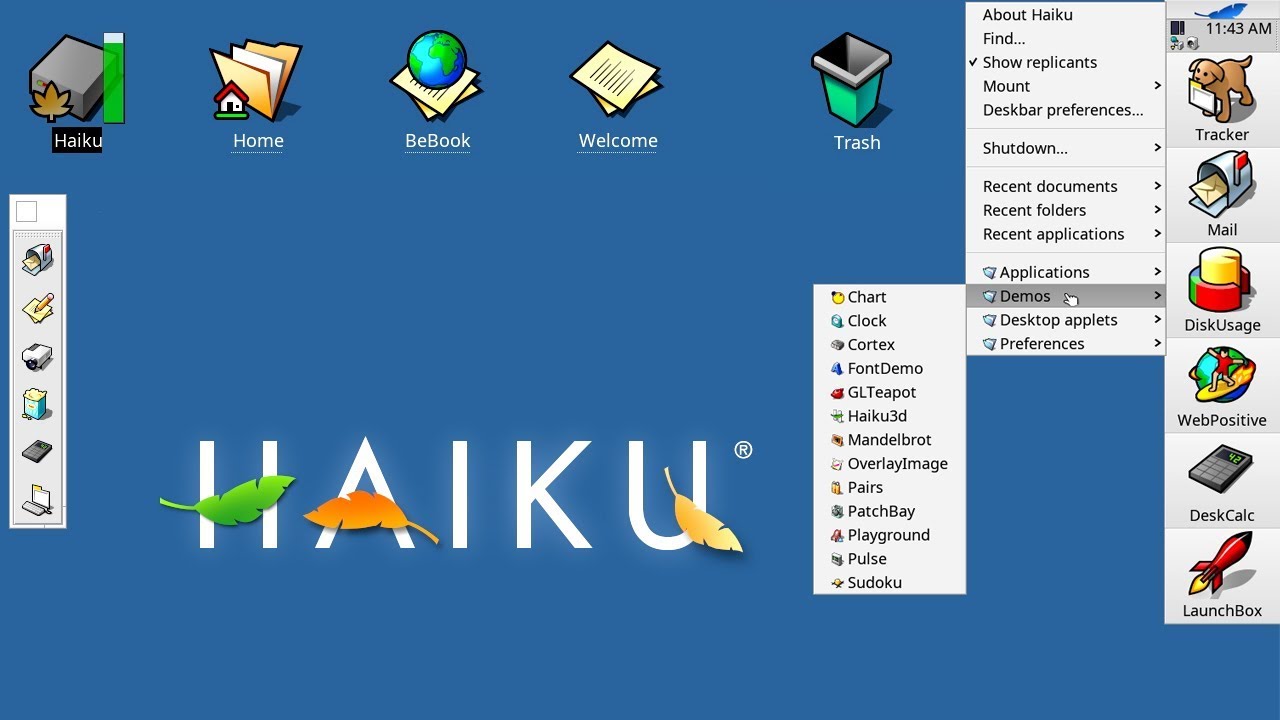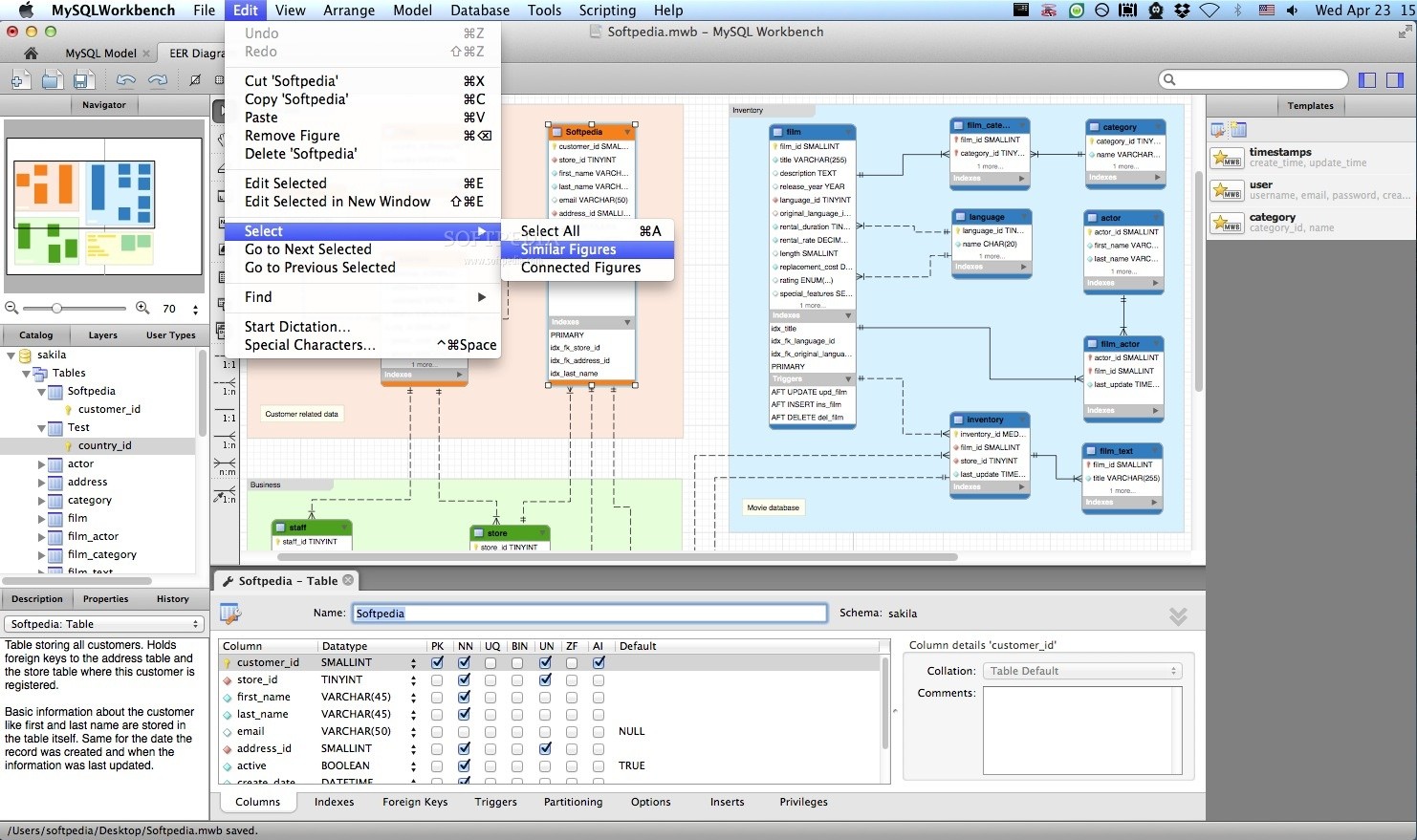Before smartphones revolutionized our pockets, Personal Digital Assistants (PDAs) were the ultimate status symbol for tech-savvy professionals navigating the digital revolution.
📱 The Dawn of Pocket Computing
In the late 1980s and early 1990s, the concept of carrying a computer in your pocket seemed like pure science fiction. Yet, innovators were already hard at work developing devices that would fundamentally change how we manage information on the go. Personal Digital Assistants emerged as the bridge between traditional paper organizers and the fully connected digital world we know today.
The term “Personal Digital Assistant” was coined by Apple’s then-CEO John Sculley in 1992, during the unveiling of the Apple Newton MessagePad. This groundbreaking device promised to digitize the contents of your briefcase, offering features like note-taking, contact management, calendar functions, and even handwriting recognition—a feature that was revolutionary for its time, albeit imperfect in execution.
PDAs represented more than just gadgets; they embodied a vision of personal computing that was mobile, intuitive, and designed for business professionals who needed to stay organized while away from their desks. These devices filled a crucial gap in the market before wireless connectivity and touchscreen smartphones became ubiquitous.
🚀 The Golden Age: Palm Pilot and Beyond
The mid-to-late 1990s marked the golden era of PDAs, with Palm Computing leading the charge. When the Palm Pilot launched in 1996, it achieved what the Apple Newton couldn’t: mainstream adoption. The device’s success stemmed from its simplicity, affordability, and reliability. Unlike the Newton’s ambitious but flawed handwriting recognition, Palm introduced Graffiti—a simplified writing system that users could learn in minutes.
The Palm Pilot sold over a million units in just 18 months, a remarkable achievement that demonstrated the massive appetite for portable digital organization tools. Business professionals, doctors, salespeople, and tech enthusiasts embraced these devices as essential tools for modern life. The synchronized relationship between PDAs and desktop computers created an ecosystem that felt futuristic yet practical.
Key Players in the PDA Revolution
Several manufacturers competed fiercely in the PDA marketplace, each bringing unique innovations and features:
- Palm Computing: Dominated the market with user-friendly devices and the Palm OS operating system
- Microsoft: Introduced Windows CE and Pocket PC devices, bringing familiar Windows interfaces to handheld devices
- Sony: Created the CLIÉ series, adding multimedia capabilities and stunning displays
- Handspring: Founded by Palm’s original creators, introduced the Visor with expandable Springboard modules
- HP/Compaq: Developed iPAQ devices with powerful processors and expansion capabilities
- BlackBerry: Evolved from pagers to become the ultimate communication-focused PDA
⚡ Innovation and Evolution
As PDAs matured, manufacturers constantly pushed boundaries to add new features and capabilities. The devices evolved from simple organizers into multimedia powerhouses capable of playing music, viewing photos, reading ebooks, and even playing sophisticated games. Color screens replaced monochrome displays, processors became faster, and memory capacities expanded dramatically.
The integration of wireless connectivity marked a crucial turning point. Early PDAs required physical syncing via cradles connected to desktop computers. However, the addition of Wi-Fi, Bluetooth, and cellular data transformed these devices into always-connected communication hubs. This connectivity paved the way for email on the go, web browsing, and instant messaging—features that would become standard in the smartphone era.
The BlackBerry Phenomenon 📧
No discussion of PDAs would be complete without examining BlackBerry’s meteoric rise. Research In Motion (RIM) created a device that perfectly captured the needs of corporate America. The BlackBerry’s physical QWERTY keyboard, combined with push email technology, made it indispensable for business professionals who needed constant email access.
BlackBerry devices became so synonymous with business communication that the term “CrackBerry” emerged to describe users’ addiction to checking their emails constantly. Government officials, executives, and professionals across industries relied on BlackBerry’s secure, reliable messaging system. At its peak, BlackBerry commanded nearly 50% of the smartphone market in North America.
🎯 Defining Features That Made PDAs Essential
PDAs succeeded because they solved real problems for real people. Understanding these core features helps explain why these devices captured such a devoted following:
| Feature | Purpose | Impact |
|---|---|---|
| Contact Management | Digital address book with searchable entries | Eliminated need for physical rolodexes |
| Calendar & Scheduling | Appointments, reminders, and task lists | Synchronized professional and personal schedules |
| Note-Taking | Quick capture of ideas and information | Reduced reliance on paper notebooks |
| Synchronization | Two-way data exchange with computers | Created seamless workflow between devices |
| Expandability | Memory cards and modular attachments | Extended functionality beyond original design |
The stylus-based interface became iconic, allowing precise input on small screens. Users developed personal relationships with their PDAs, customizing them with cases, screen protectors, and various accessories. The devices became extensions of their owners’ professional identities.
📉 The Beginning of the End
Despite their popularity and utility, PDAs faced an inevitable decline. Multiple factors contributed to their eventual obsolescence, creating a perfect storm that would reshape the mobile technology landscape forever.
Convergence and Competition
The concept of device convergence—combining multiple functions into a single device—proved irresistible to consumers. Why carry a separate mobile phone, PDA, MP3 player, and digital camera when one device could handle everything? Early attempts at convergence produced clunky hybrid devices, but technology was rapidly improving.
Mobile phones were simultaneously becoming more sophisticated, adding color screens, cameras, and basic computing capabilities. Meanwhile, PDAs were adding phone functionality, creating awkward overlaps in the market. Consumers grew tired of carrying multiple devices, and manufacturers struggled to define clear product categories.
🍎 The iPhone Revolution
January 9, 2007, marks the day that sealed the fate of traditional PDAs. Steve Jobs took the stage at Macworld and introduced the iPhone, declaring it “an iPod, a phone, and an internet communicator” all in one revolutionary device. The iPhone didn’t just compete with PDAs—it obliterated the need for them entirely.
The iPhone’s multi-touch interface eliminated the need for styluses, making interaction more intuitive and natural. Its full web browser provided a genuine internet experience rather than the limited mobile web that PDA users had tolerated. The App Store, launched in 2008, created an ecosystem where developers could extend the device’s functionality infinitely, something PDAs had attempted but never perfected.
Within months, it became clear that the smartphone represented an evolutionary leap, not merely an incremental improvement. PDAs suddenly looked antiquated, their dedicated functions now handled more elegantly by a single device that also made calls, played music, and fit seamlessly into digital life.
Android’s Acceleration of Change 🤖
Google’s Android operating system, launched in 2008, accelerated the smartphone revolution by providing manufacturers with a flexible, open-source platform. Suddenly, numerous companies could produce sophisticated smartphones without developing their own operating systems from scratch. This democratization of smartphone technology flooded the market with options at various price points, making advanced mobile computing accessible to everyone.
Android’s rapid iteration and improvement, combined with Apple’s continued iPhone innovation, created a competitive environment where yearly advancements rendered previous generations obsolete. PDAs simply couldn’t keep pace with this innovation cycle.
💔 Why PDAs Couldn’t Adapt
Several fundamental limitations prevented PDAs from successfully transitioning into the smartphone era. The companies that built empires on PDA technology often struggled to recognize or respond to the paradigm shift happening around them.
Palm, despite pioneering the PDA market, made critical strategic errors. The company’s operating system became outdated compared to iOS and Android, and their attempts to modernize came too late. Palm’s webOS, introduced in 2009, showed promise with its innovative interface and multitasking capabilities, but couldn’t overcome the momentum Apple and Google had already established.
BlackBerry’s decline proved even more dramatic. The company initially dismissed the iPhone as a toy unsuitable for business users, believing their physical keyboards and email-focused approach would remain superior. By the time BlackBerry recognized the threat and attempted to compete with touchscreen devices, they had already lost their market leadership. Their ecosystem couldn’t match the app availability and developer enthusiasm surrounding iOS and Android.
🔄 Legacy and Influence on Modern Computing
Though PDAs no longer exist as a distinct product category, their influence permeates modern mobile computing. Every smartphone today traces its lineage back to innovations pioneered by PDAs. The concept of synchronized data across devices, portable contact management, mobile calendaring, and on-the-go productivity all originated in the PDA era.
Many user interface conventions we take for granted came from PDA design. The idea of a home screen with application icons, the use of touch gestures for navigation, and the integration of communication and organization tools all evolved from PDA experimentation. Even the App Store model has roots in the PDA era’s third-party application marketplaces.
Nostalgia and Collector Interest 📦
Today, vintage PDAs have found new life among collectors and technology enthusiasts. Working Palm Pilots, Sony CLIÉs, and Newton MessagePads command respectable prices on auction sites, appreciated as important artifacts of computing history. Online communities share tips for maintaining these devices, developing new software, and preserving the PDA legacy for future generations.
This nostalgia reflects genuine appreciation for the focused, distraction-free nature of PDAs. Unlike modern smartphones with their constant notifications and infinite entertainment options, PDAs served specific productivity purposes. Some users miss this simplicity and intentionality in their digital tools.
💡 Lessons from the PDA Era
The rise and fall of PDAs offers valuable lessons about technology, markets, and innovation. Success in one era doesn’t guarantee survival in the next—adaptation and evolution are essential. Companies must remain vigilant about emerging threats, even when those threats initially appear inferior or niche.
The PDA story also demonstrates how quickly technology can shift from essential to obsolete. Devices that seemed indispensable can become curiosities within just a few years when superior alternatives emerge. This pattern continues today, with new technologies constantly threatening to disrupt established markets.
Perhaps most importantly, the PDA era teaches us that user needs evolve. What satisfied professionals in the 1990s—basic digital organization and limited connectivity—became insufficient once people experienced true mobile internet and app ecosystems. Meeting today’s needs isn’t enough; successful products must anticipate tomorrow’s expectations.
🌟 The Spirit Lives On
While PDAs as standalone devices have disappeared, their spirit continues in unexpected ways. Digital note-taking apps like Evernote and Notion carry forward the PDA’s organization philosophy. Productivity enthusiasts still seek that perfect balance between capability and simplicity that Palm devices once offered. Even the current interest in minimalist phones and digital wellness reflects a desire to recapture some of the focused functionality that PDAs provided.
The PDA era represents a fascinating chapter in computing history—a time when pocket-sized digital organization seemed revolutionary, before we could imagine carrying powerful computers capable of accessing humanity’s collective knowledge instantly. These devices prepared us psychologically and practically for the smartphone revolution, teaching millions of people to trust digital systems with their most important information.
Personal Digital Assistants ultimately succeeded in their mission: they made personal computing truly personal and portable. That smartphones absorbed their functionality doesn’t diminish their historical importance. PDAs unlocked the past by digitizing paper-based systems and pointed toward a future where mobile computing would become central to daily life. They may be gone, but their legacy lives in every smartphone we carry today.
Toni Santos is a visual historian and creative artisan whose work channels the bold spirit of the steam-powered era—a time when imagination, mechanics, and ambition converged to reshape the modern world. Through richly detailed visual narratives and handcrafted design, Toni celebrates the legacy of steam innovation as both an artistic and technological revolution.
Driven by a passion for mechanical aesthetics, forgotten inventions, and industrial-age ingenuity, Toni reimagines the world of steam through illustrations, tactile artifacts, and storytelling that capture the poetry of pressure, motion, and invention. From piston-driven engines to brass-detailed diagrams, each piece reveals how steam wasn’t just power—it was promise.
With a background in visual design and historical research, Toni brings a craftsman’s eye and a dreamer’s heart to the stories of tinkerers, inventors, and visionaries who shaped the 19th century. His work doesn’t merely document machines—it honors the culture, courage, and creativity that drove a world to reimagine itself through gears, valves, and vapor.
As the creative voice behind Vizovex, Toni shares curated articles, reconstructed blueprints, and visual interpretations that bring this industrial past to life. His collections serve as a tribute to:
The elegance of steam-era design and innovation
The human stories behind great mechanical feats
The aesthetic beauty found in function and form
The echo of invention in today’s creative world
Whether you’re a history lover, a fan of steampunk, or an admirer of antique technology, Toni welcomes you into a world where art and machinery fuse, one cog, one drawing, one rediscovered marvel at a time.





